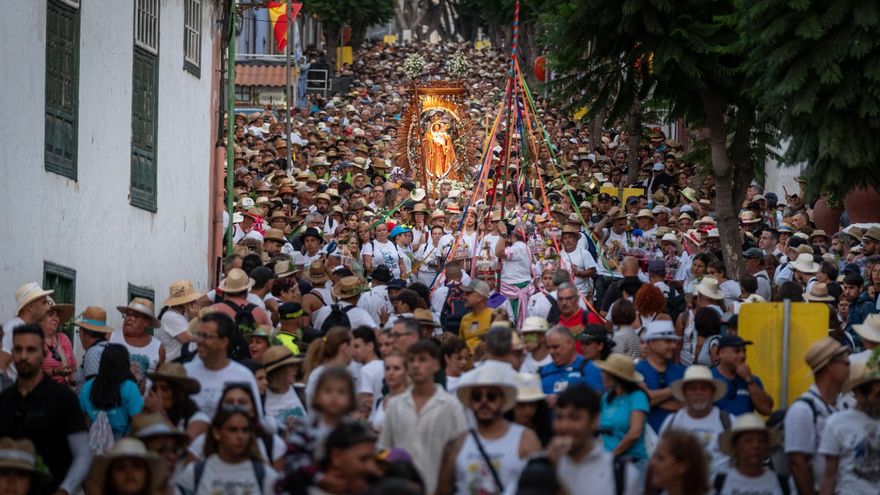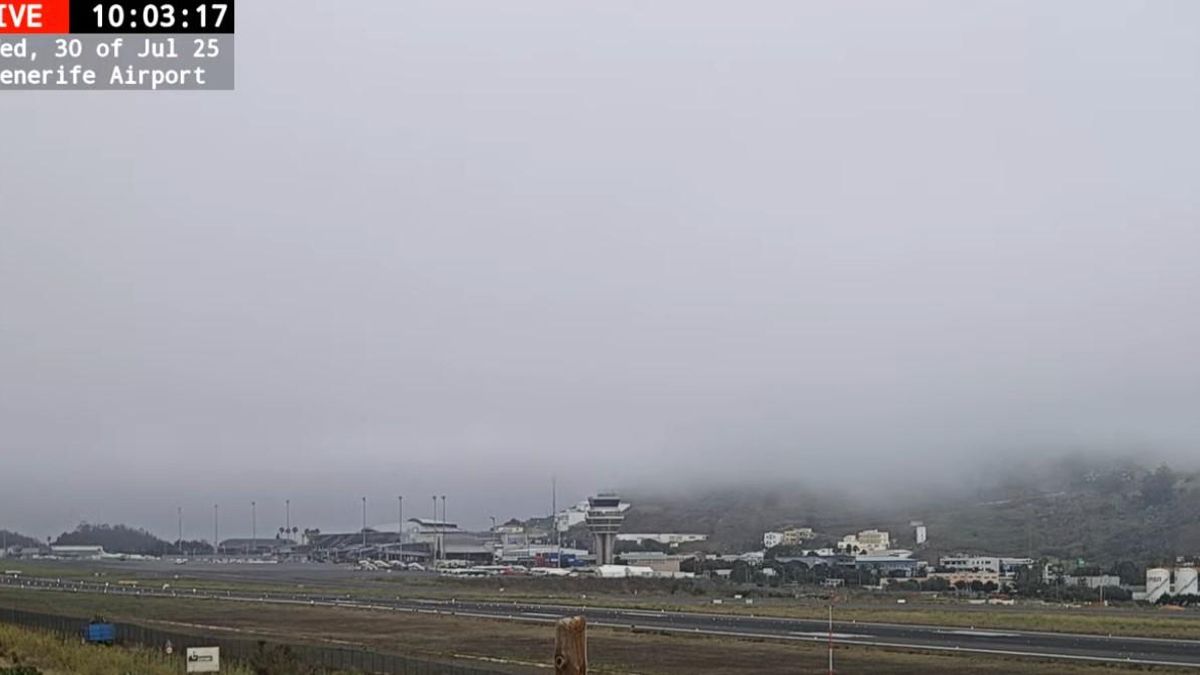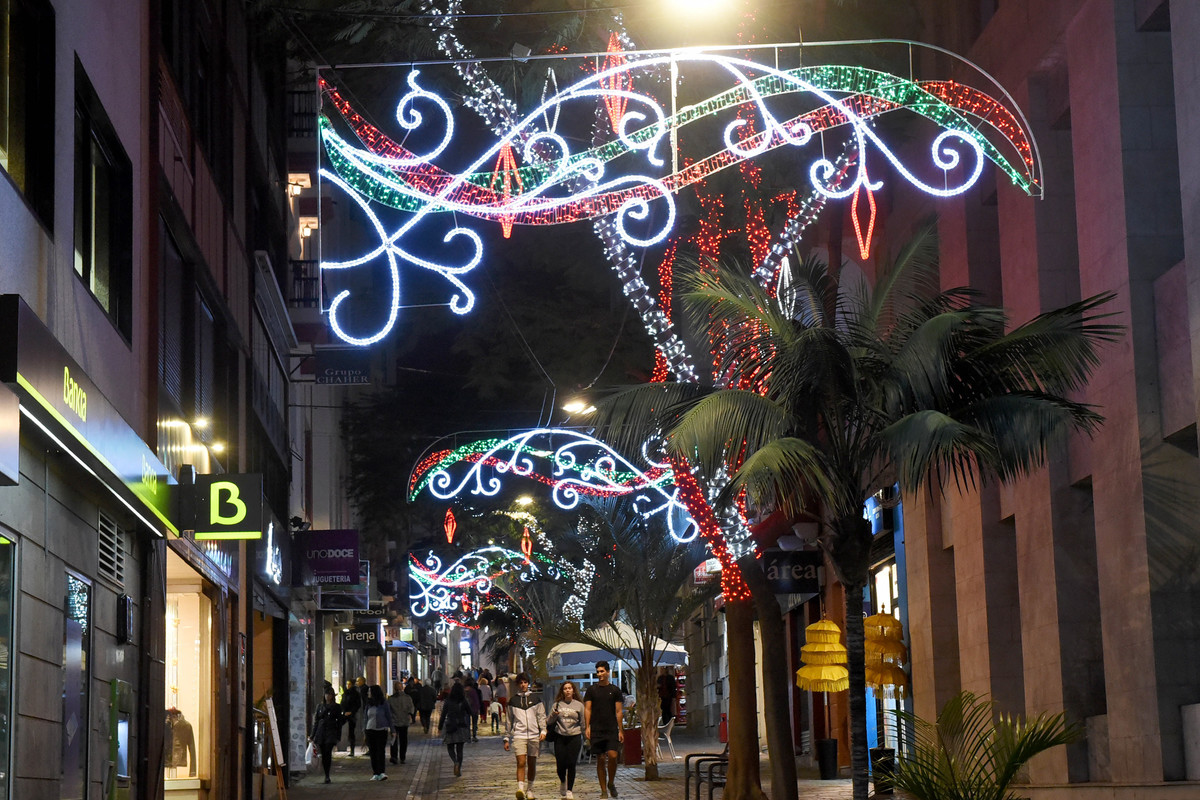Thousands of people, both believers and non-believers —with some councillors estimating attendance at around 100,000— gathered from early morning to accompany the Virgin of El Socorro on its traditional pilgrimage from the parish of San Pedro Apóstol in the heart of Güímar to the hamlet bearing its name.
Political Presence and Community Spirit
The presence of politicians from various parties was evident before, during, and after the Bajada, marked by the return of the beloved Carmen Luisa Castro as mayor. This time, however, nationalists, socialists, and conservatives made efforts to avoid confrontation, although the usual tensions in Güímar seemed to have been set aside, at least momentarily, during the festivities.
At four in the morning, the announcement was made with the pasodoble dedicated to the Virgin, composed by Miguel Castillo with lyrics by former mayor Pedro Guerra, heralding the Virgin’s departure to her hermitage, which took place at seven o’clock amidst a clamouring crowd in the square, following a mass for pilgrims led by Daniel José Padilla Piñero, parish priest of San Bartolomé Apóstol of Tejina and pontifical of the Order of Bethlehem.
Traditional Procession and Historical Significance
As is customary, the Virgin, adorned in a spectacular red mantle created by Jaime Estévez in 2016, paused at El Calvario to a volley of fireworks before continuing her journey at the foot of the majestic mountain, entering the hermitage named after her since 1497, when it was commissioned by the adelantado Alonso Fernández de Lugo, a year after the Conquest of Tenerife.
The Virgin, known as Chaxiraxi by the Guanches, was renamed Socorro by the first Christianised Guanches after the phrase uttered by mencey Acaymo when seeking help to carry the statue to the Chinguaro cave, where it remained for about 40 years. Later, Antón Guanche, one of the first Christianised aborigines, decided that the best location for the Virgin was the cave of Achbinico (tranquil place), now known as San Blas in Candelaria, to keep her away from goat herds. She remained there until 1803, cared for by Dominican friars who later transferred her to the convent and then to what is now the Basilica.
Cultural Celebrations
The appearance of the Virgin has been reenacted since 1872 in the so-called Guanche ceremony, which took place in the afternoon, nearly at sunset, once again attracting thousands of people to the flat area known as the plain of the Virgin. It is noteworthy that this year, the Guanches from both Güímar and Candelaria received the Gold Medal of the Canary Islands and the Cabildo of Tenerife, medals displayed on the Virgin’s mantle.
Then came the always moving procession of the Candelas, followed by a time for modern music and revelry, with thousands of visitors and others who constructed an adjacent camp of caravans. This year saw such an increase in numbers that there were hardly any parking spaces left for cars, a common complaint from local residents whose homes are situated very close to these designated areas. Despite this, residents continued to open their doors to welcome the pilgrims, always with a smile, a glass of wine, and a piece of pork, rabbit, or goat meat, all enjoyed during a day when the anticipated heat was less severe. Some even forecast rain for the upcoming ascent, which will be welcomed by many.
This Monday, a public holiday in the municipality, the first mass will be celebrated at nine in the morning, officiated by the parish priest of Arafo, the Palmero Simón Herrera. At eleven, the mass for the Nativity of Our Lady will take place —a date also celebrated in Teror, Hermigua, Arico, Guía de Isora, Los Silos and more— presided over by Víctor Manuel Oliva, the treasurer of the Diocese and parish priest of San Benito, San Lázaro, and El Carmen of La Laguna, followed by a procession through the hamlet. The ascent begins around five in the afternoon, with fewer attendees but a more devoted atmosphere. Thus, the people of Güímar and Tenerife will once again await 7 September next year to experience the oldest pilgrimage in the Canary Islands.
Seasons of Change
In fact, if we had to select a date to celebrate the events around the Virgin’s appearance to the Guanches, it would have to be a winter date, notes the official chronicler of Güímar and Candelaria, Octavio Rodríguez Delgado. The reason is that in winter, the indigenous shepherds would leave their caves in the midlands —like Chinguaro— and spend summer on the coast.
Consequently, the first Bajadas of the Virgin began to be celebrated on 18 December since 1643, with the establishment of the Brotherhood of Our Lady of Socorro, as patroness of “the agricultural sowing,” formed by a group of farmers from the valley. This continued until well into the 18th century when it was moved to 26 December. However, due to torrential rains during this period, Agustín Díaz Núñez requested and successfully changed the Bajada to 7 September in 1837, a tradition that continues to this day.
In Candelaria, the death from frost of five women from Los Realejos making the pilgrimage to the Virgin in 1724 also led to the transfer of the pilgrimage from 2 February to 15 August.
There isn’t an exact date for the appearance, according to Octavio Rodríguez, the official chronicler of Güímar. The encounter with some Guanche shepherds happened in 1390, according to records by Fray Alonso de Espinosa. However, the chronicler believes it must have occurred a few years later, around 1450, during the reign of mencey Acaymo, who, along with his son Añaterve, was the protector of the statue found on the beaches known as Chimisay.














